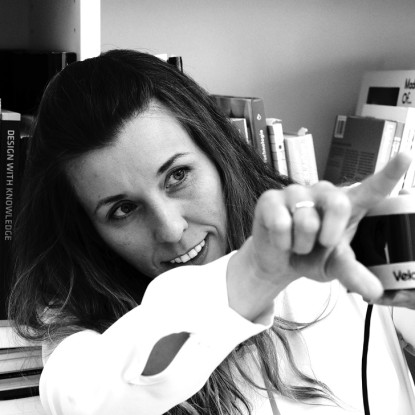| Project name | Development of an innovative, frameless, self-supporting, thermally insulated and thus fully functional glass structure for horizontal and vertical applications |
|---|---|
| Acronym | Frameless Glass Structures |
| Coordinator | Hessen Mobil – Road and traffic management |
| Project partner |
|
| Duration | 03.2023-02.2026 |
| Grantor | ZIM (Central Innovation Programme for small and medium-sized enterprises) des BMWK |
| Research Field | I+I & E+E // M+M |
| Project content |
Typically, glass panes are used in facade constructions exclusively as infill elements to ensure a tight envelope and light transmission. The load is transferred via a substructure. This leads to resource-intensive constructions, whereby the static potential of the glass panes is not taken into account. The main objective of the project is the development of a linear connection detail for horizontal and vertical glass shell supporting structures, which will enable a structural activation of the glass elements and thus resource-optimized glass shell supporting structures in the future. At the same time, however, an energy-efficient envelope is to be guaranteed, which is why the laminated connection details are intended for insulating glass structures. Since insulating glass is not used as a primary load-bearing structure, the entire process chain must be redesigned and developed, from 3D planning and form-finding to design and structural analysis, manufacturing, assembly and repair. What is special about the design is that the novel linear fitting must be able to introduce bending stresses into the laminated safety glass without large stresses causing the glass to break or the interlayer to delaminate. For this to succeed, the linear fitting must be laminated into the VSG precisely and with the greatest possible adhesion. With an innovative clamping device and new manufacturing processes, this is to be achieved on an economical scale and ensured by a new optical quality assurance. The solution to reduce the complexity of the entire structural design and manufacturing of the glass elements is to generalize the design and manufacturing process step by step, first by means of mock-ups and then by looking at various application examples. The final goal is to allow individual frameless glass structures for many different applications being planned and designed as well as manufactured and assembled using a fully digital and partially automated process chain. |
Department of Civil and Environmental Engineering

Research Project Frameless glass construction
Research Project Frameless glass construction





